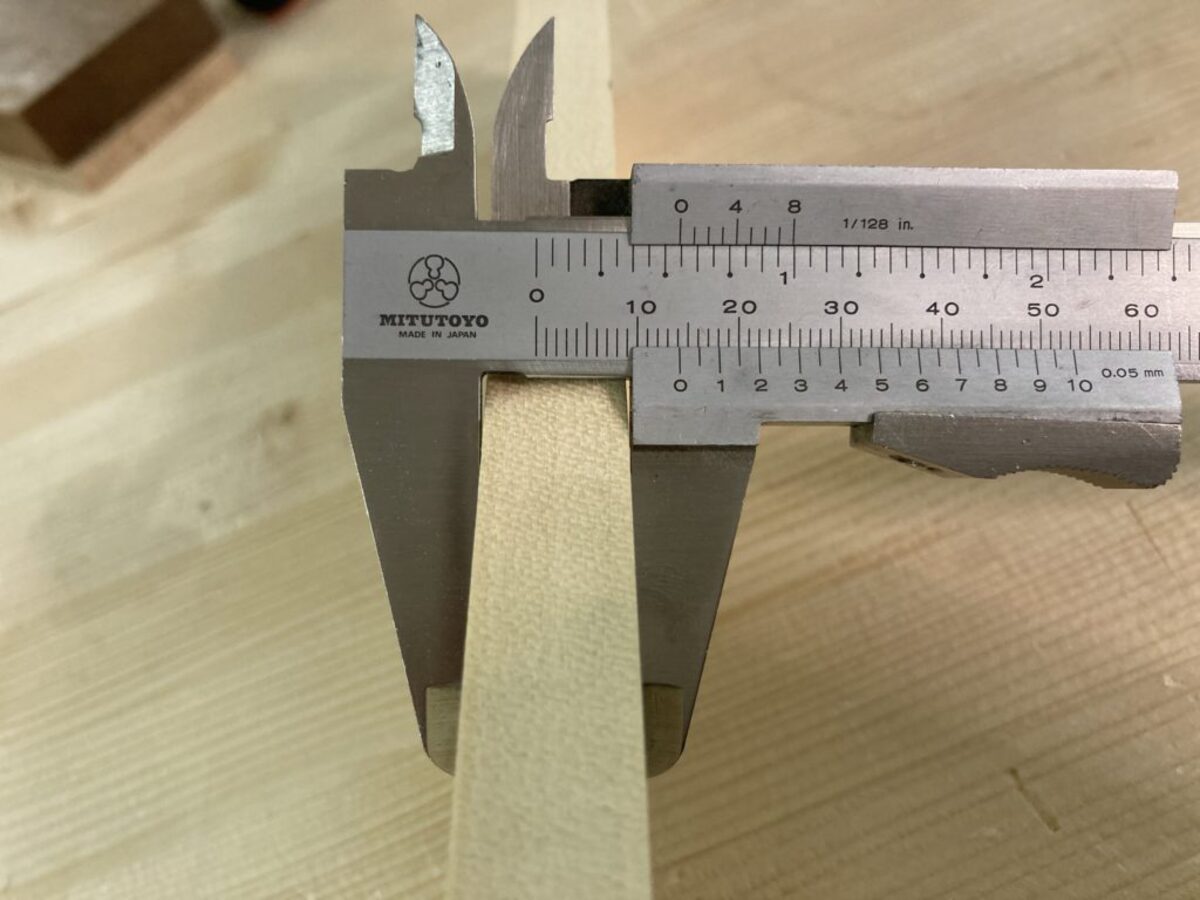

Articles
How Do You Read Calipers
Modified: May 6, 2024
Learn how to read calipers accurately with our informative articles. Improve your measurement skills and precision.
(Many of the links in this article redirect to a specific reviewed product. Your purchase of these products through affiliate links helps to generate commission for Storables.com, at no extra cost. Learn more)
Introduction
Calipers are indispensable tools in various industries, including engineering, manufacturing, woodworking, and metalworking. They are used to measure distances between two points with precision, allowing for accurate and reliable measurements. Understanding how to read calipers is essential for anyone working with precise measurements, as it ensures the highest level of accuracy.
In this article, we will delve into the world of calipers, exploring their functionality, the different types available, and most importantly, how to read them effectively. Whether you are a beginner or a seasoned professional, this guide will provide you with the knowledge necessary to utilize calipers correctly and make precise measurements.
Before we dive into the details of how to read calipers, let’s first understand what they are and the various parts that make up this versatile measuring tool.
Key Takeaways:
- Mastering the art of reading calipers is essential for precision in engineering, manufacturing, and woodworking. Understanding the different types, parts, and reading techniques ensures accurate and reliable measurements.
- By following a systematic approach, stabilizing objects, and utilizing the appropriate caliper type, you can improve your reading skills and obtain precise results. Regular maintenance and calibration are crucial for maintaining the accuracy of your calipers.
Read more: How To Read Vernier Calipers
What are calipers?
Calipers are handheld measuring tools that are designed to accurately measure distances between two points. They consist of two jaws, one fixed and one movable, which can be adjusted to fit different objects or surfaces. The movable jaw is connected to a sliding mechanism, allowing for precise adjustments and measurements.
Calipers come in a variety of sizes and types, including digital calipers, dial calipers, and vernier calipers. Each type of caliper has its own unique features and advantages, but they all operate on the same principle of measuring distances using the fixed and movable jaws.
Calipers are used in a wide range of industries and applications. In engineering and manufacturing, they are essential tools for measuring dimensions of components or parts, ensuring precise fits and alignments. In woodworking, calipers are used to measure and mark dimensions for accurate cutting and shaping. In metalworking, calipers are used to measure thickness, diameter, and depth.
Overall, calipers play a crucial role in ensuring accuracy and precision in various fields. Understanding the different types of calipers and how to use them correctly is essential for any professional or hobbyist who deals with precise measurements.
Understanding the parts of calipers
Before we delve into the process of reading calipers, it is important to familiarize ourselves with the different parts that make up this essential measuring tool. By understanding the purpose and function of each component, we can use calipers more effectively and accurately.
Here are the main parts of calipers:
- Jaws: The jaws of calipers are the parts that come into contact with the object being measured. They consist of a fixed jaw and a movable jaw. The fixed jaw remains stationary, while the movable jaw can be adjusted using the sliding mechanism.
- Main Scale: The main scale is located on the main body of the calipers. It is marked with measurement units, such as inches or millimeters, and provides the primary reading for the measurements being taken.
- Vernier Scale: Some types of calipers, such as vernier calipers, feature an additional scale called the vernier scale. This scale is located on the sliding part of the calipers and is used to provide more precise readings by measuring the difference between the main scale and the vernier scale.
- Depth Probe: Many calipers come equipped with a depth probe, which is a slender and pointed extension that can be attached to the end of the movable jaw. The depth probe allows for measuring the depth of holes or grooves accurately.
- Locking Screw: To maintain measurement accuracy, calipers often include a locking screw. This screw is used to secure the movable jaw in place, ensuring that it does not move during the measurement process.
- Zero Adjustment: Calipers feature a zero adjustment screw or button that allows users to set the initial position of the jaws. This is important for ensuring that the calipers are properly calibrated and provide accurate measurements.
Understanding the different parts of calipers is the first step towards effectively using these measuring tools. By familiarizing yourself with each component’s function, you can ensure accurate measurements and avoid any confusion during the reading process.
Types of calipers
Calipers come in various types, each with its own unique features and benefits. Understanding the different types of calipers available can help you choose the most suitable tool for your specific needs. Here are the main types of calipers:
- Dial Calipers: Dial calipers are equipped with a circular dial that displays measurements. They provide precise readings with high visibility, making them ideal for applications where accuracy is paramount. Dial calipers often come with both metric and imperial scales, allowing for measurements in different units.
- Vernier Calipers: Vernier calipers are known for their high precision and accuracy. They feature additional vernier scales that allow for more precise measurements compared to regular calipers. Vernier calipers are commonly used in scientific and engineering applications that require precise measurement readings.
- Digital Calipers: Digital calipers utilize an electronic display screen to provide accurate measurements. They are easy to read and often offer both metric and imperial units. Digital calipers typically have a zero reset button and may have additional features such as data output capabilities.
- Inside Calipers: Inside calipers, also known as internal calipers, are designed to measure the internal dimensions of objects such as holes or cylinders. They consist of curved jaws and can be adjusted to fit different sizes. Inside calipers are commonly used in woodworking and machining.
- Outside Calipers: Outside calipers, also known as external calipers, are used to measure the external dimensions of objects. They have flat jaws that can be adjusted to fit around the object being measured. Outside calipers are commonly used in metalworking and carpentry.
- Depth Calipers: Depth calipers are specifically designed to measure the depth of holes, slots, or recesses. They feature a depth probe or rod that extends from the end of the jaws. Depth calipers are commonly used in woodworking, metalworking, and machining.
When choosing a caliper, consider the specific requirements of your measurement tasks. Factors such as accuracy, convenience, and the types of objects you will be measuring will help guide your decision. Each type of caliper has its advantages, so it’s essential to choose one that aligns with your needs and preferences.
How to read calipers
Reading calipers may seem daunting, especially for beginners, but with a little practice and understanding of the different scales and markings, it becomes much easier. Here, we will guide you through the process of reading calipers step by step:
- Start by familiarizing yourself with the main scale. The main scale is typically marked in either inches or millimeters and provides the primary measurement reading.
- Next, observe the vernier scale. If your calipers have a vernier scale, it will be located on the sliding part of the calipers and is used for more precise measurements. The vernier scale will have smaller markings than the main scale.
- Align the jaws of the calipers around the object being measured. Ensure that the jaws are securely and snugly in contact with the object’s surface.
- Read the measurement on the main scale. Look for the nearest whole number on the main scale that lines up with the fixed jaw.
- Check the vernier scale reading. Find the mark on the vernier scale that lines up exactly with any mark on the main scale. This mark will indicate the additional measurement value.
- Combine the measurements of the main scale and the vernier scale. Add the value on the vernier scale to the whole number measurement on the main scale to obtain the final measurement reading.
- Take note of the measurement units indicated on the calipers. Ensure that you are using the correct unit of measurement, such as inches or millimeters, as indicated on the scales.
Remember to always read the measurement from the top view of the calipers, as this provides the most accurate readings. Practice and repetition will improve your proficiency in reading calipers, so don’t be discouraged if it takes some time to become comfortable with the process.
Now that you know how to read calipers, let’s explore some useful tips to ensure accurate measurements.
When reading calipers, always ensure that the jaws are clean and free from debris to ensure accurate measurements. Also, make sure to read the measurement at eye level for precision.
Read more: How To Read Calipers With Dial
Step-by-step guide to reading calipers
To read calipers accurately, it is important to follow a systematic approach. Here is a step-by-step guide to reading calipers:
- Begin by ensuring that the calipers are clean and free from any debris or obstructions. This will help prevent inaccuracies in the measurement.
- Open the jaws of the calipers fully by adjusting the sliding mechanism or using the locking screw.
- Place the object being measured between the jaws of the calipers, ensuring that it is held securely and with minimal movement.
- Gently close the jaws until they are snugly in contact with the object’s surface. Take care not to apply excessive force, as it may distort the measurement.
- Read the whole number measurement on the main scale. Look for the nearest mark on the main scale that lines up with the fixed jaw.
- Inspect the vernier scale to determine the additional measurement value. Locate the mark on the vernier scale that lines up exactly with any mark on the main scale. This mark indicates the precise measurement increment.
- Add the value on the vernier scale to the whole number measurement on the main scale to obtain the final measurement reading.
- Note the measurement units indicated on the calipers. Ensure that you are using the correct unit of measurement, such as inches or millimeters, as indicated on the scales.
- For digital calipers, simply read the measurement displayed on the electronic screen. The digital display provides accurate and precise measurements without the need to interpret scales.
- After taking the measurement, release the jaws of the calipers and remove the object from between them.
Following these steps will help you consistently and accurately read calipers. It is important to practice and develop your skills in using the specific type of calipers you have, as different types may have variations in their scales and mechanisms.
Now that you are familiar with the step-by-step process of reading calipers, let’s explore some tips for ensuring accurate measurements.
Tips for accurate caliper measurements
Obtaining accurate measurements with calipers is essential for precise engineering, manufacturing, and woodworking tasks. Here are some tips to help you achieve accurate caliper measurements:
- Ensure a clean and debris-free workspace: Before using calipers, make sure the area you are working in is clean and free from dust, debris, or any other potential obstructions. This will help prevent interference with the measurements.
- Stabilize the object being measured: When measuring an object, ensure that it is held securely and without any movement between the jaws of the calipers. Any slight shifting or wobbling can result in inaccurate readings.
- Read from the top view: To obtain the most accurate readings, always read the measurement from the top view of the calipers. This ensures proper alignment and eliminates parallax errors.
- Take multiple measurements: To ensure accuracy and precision, it is recommended to take multiple measurements of the same object and calculate the average. This helps minimize the impact of any slight variations in readings.
- Use the appropriate caliper type: Different caliper types are designed for specific applications. Select the appropriate caliper for your needs, whether it is a digital caliper, dial caliper, vernier caliper, inside caliper, outside caliper, or depth caliper.
- Apply consistent pressure: When closing the jaws of the calipers, apply consistent and gentle pressure to ensure a uniform measurement. Avoid excessive force, as it can distort the reading or damage the object being measured.
- Zero-reset when necessary: Regularly check and reset the zero position of the calipers to ensure accurate measurements. This is especially important when switching between different measurement tasks or objects.
- Calibrate your calipers: Periodically calibrate your calipers to ensure their accuracy. You can use calibration blocks, known standard objects, or consult a professional calibration service to verify the measurements.
- Store calipers properly: When not in use, store your calipers in a protective case or cover to prevent damage or contamination that could affect their accuracy.
- Practice and experience: As with any skill, practice and experience will improve your ability to obtain accurate caliper measurements. The more you use calipers and become familiar with their characteristics, the better your measurements will be.
Utilizing these tips will help you achieve reliable and accurate measurements with your calipers. Always prioritize precision, especially when working on projects that demand accurate measurements to ensure the best results.
Now that you are equipped with these tips, you can confidently measure objects with precision using your calipers.
Troubleshooting common issues with caliper readings
While calipers are reliable tools for precise measurements, there can be instances where certain issues may arise, leading to inaccurate readings. Here are some common troubleshooting tips to help address these issues:
- Verify zero position: Before taking any measurements, ensure that the calipers are properly zeroed. If the zero position is not set correctly, it can result in incorrect measurements. Use the zero adjustment screw or button to reset the calipers if necessary.
- Check for debris or damage: Inspect the jaws and measuring surfaces of the calipers for any debris, obstructions, or damage. Even a small speck of dirt or a dent can affect the accuracy of measurements. Clean or repair the calipers as needed.
- Secure the object being measured: Ensure that the object being measured is securely held between the jaws of the calipers. Any movement or instability can lead to inaccurate readings. Adjust the pressure and position of the calipers to minimize any shifting during measurement.
- Avoid parallax errors: Parallax errors occur when the measurement is viewed from an angle rather than from directly above. Always read the measurement from the top view of the calipers to eliminate parallax errors and obtain accurate readings.
- Check battery level (for digital calipers): If you are using digital calipers, check the battery level regularly. Low battery power can lead to incorrect measurements or display malfunctions. Replace the battery if necessary.
- Verify measurement units: Double-check that you are using the correct measurement units specified on the calipers. Using the wrong units can result in significant measurement errors. Ensure consistency in your chosen units throughout the measurement process.
- Inspect and calibrate regularly: Regularly inspect and calibrate your calipers to ensure their accuracy. Over time, calipers can drift out of calibration due to wear, environmental factors, or mishandling. Consult calibration standards or professional services to confirm the accuracy of your calipers.
- Consider temperature variations: Calipers, especially those made of metal, can be affected by temperature changes. Extreme temperatures can cause expansion or contraction, potentially leading to inaccurate measurements. Allow the calipers to acclimate to the measurement environment before taking readings.
- Consult the user manual or manufacturer: If you encounter persistent issues with your calipers, refer to the user manual or contact the manufacturer for further troubleshooting assistance. They can provide specific guidance and support for your particular caliper model.
By applying these troubleshooting tips, you can address common issues that may arise when using calipers and ensure more accurate measurements. Remember, regular maintenance, calibration, and proper usage techniques are key to maintaining the accuracy and reliability of your calipers.
With these troubleshooting techniques in your arsenal, you can overcome challenges and obtain precise measurements with your calipers.+
Conclusion
Calipers are indispensable tools for precision measurement in various industries and applications. Whether you are an engineer, manufacturer, woodworker, or metalworker, knowing how to read calipers accurately is a valuable skill that ensures precise and reliable measurements.
In this article, we explored the different types of calipers, including dial calipers, vernier calipers, and digital calipers, each with its own advantages and specific use cases. We also discussed the essential parts of calipers, such as the jaws, main scale, vernier scale, depth probe, locking screw, and zero adjustment mechanism, to help you understand their functionalities.
We provided step-by-step instructions on how to read calipers effectively and shared tips for achieving accurate measurements. By following a systematic approach, stabilizing the objects being measured, utilizing the appropriate caliper type, and practicing proper techniques, you can improve your reading skills and obtain precise results.
Additionally, we addressed common troubleshooting issues that can affect caliper readings. By verifying the zero position, checking for debris or damage, securing the objects being measured, avoiding parallax errors, and performing regular maintenance and calibration, you can overcome potential challenges and maintain the accuracy of your calipers.
In conclusion, understanding how to read calipers is crucial for anyone working with precise measurements. By mastering the art of reading calipers accurately, you can enhance the quality of your work, improve efficiency, and ensure the highest level of precision in your projects.
So, go ahead, practice using your calipers, and become proficient in obtaining precise measurements that will elevate your craftsmanship and engineering skills.
Now that you've got the basics down on how to read calipers, why stop there? Precision in measurement can make or break a project, and choosing the right tools is key. For those who crave the latest in technology, our next article on the best digital calipers for 2024 is a must-read. Highlighting the crème de la crème of measuring gadgets, it provides insightful reviews that promise to enhance your measuring tasks. Don’t miss out; make sure your toolbox is up to date!
Frequently Asked Questions about How Do You Read Calipers
Was this page helpful?
At Storables.com, we guarantee accurate and reliable information. Our content, validated by Expert Board Contributors, is crafted following stringent Editorial Policies. We're committed to providing you with well-researched, expert-backed insights for all your informational needs.
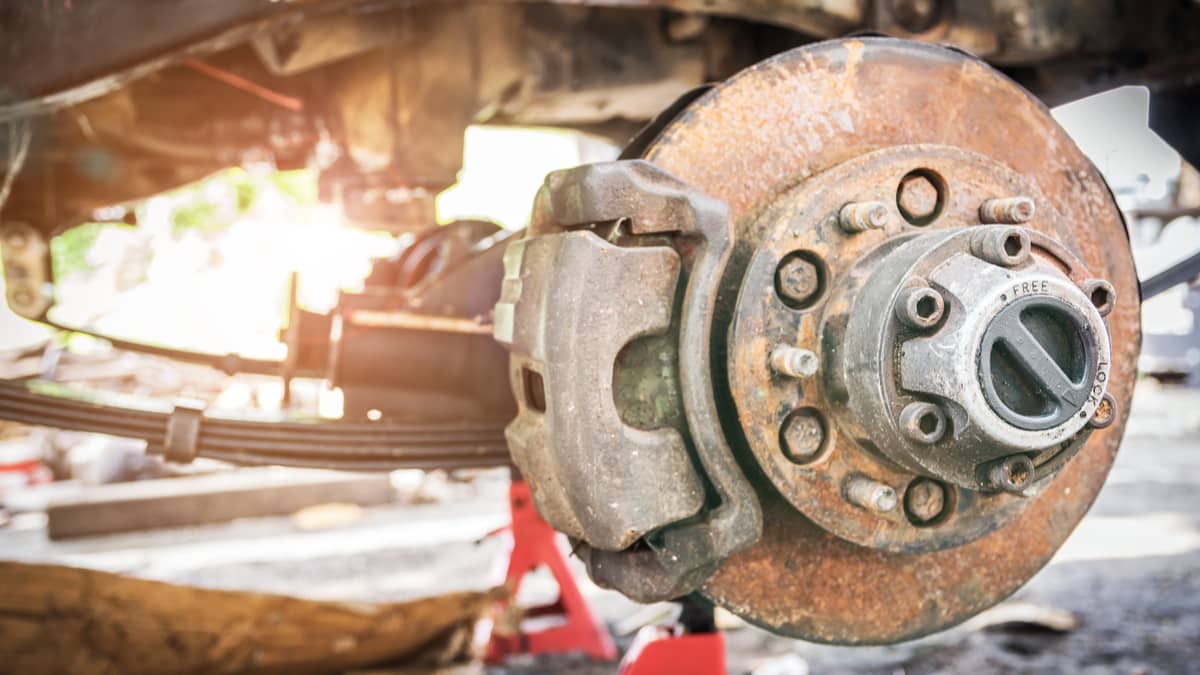
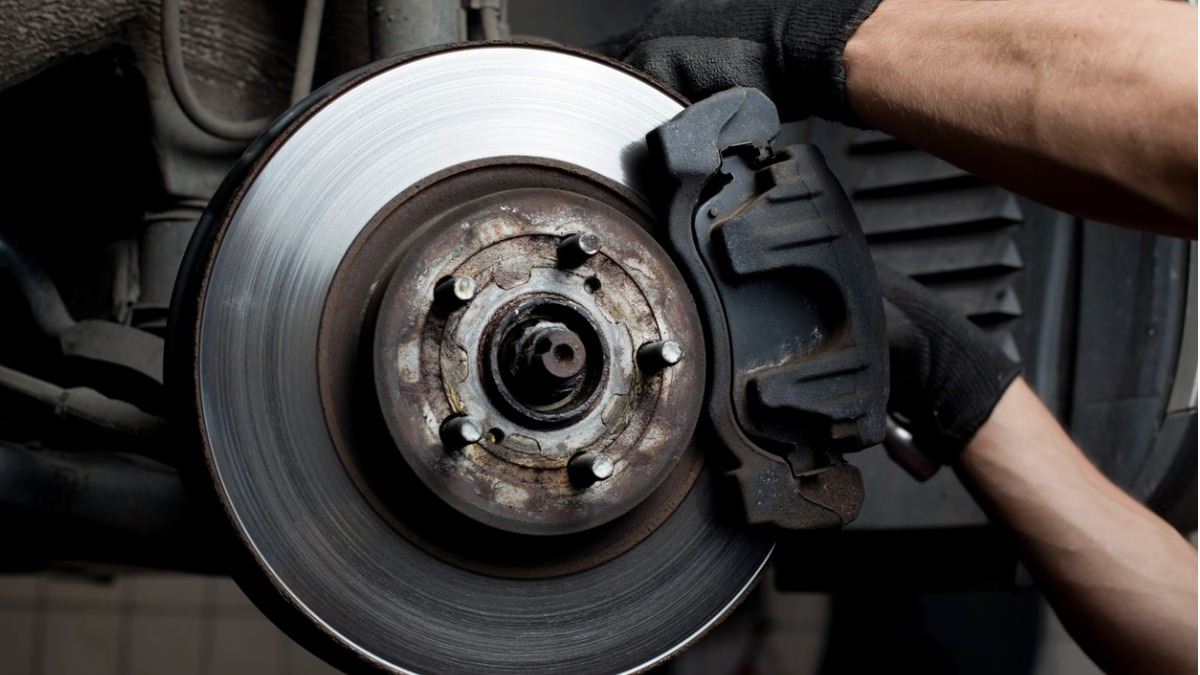
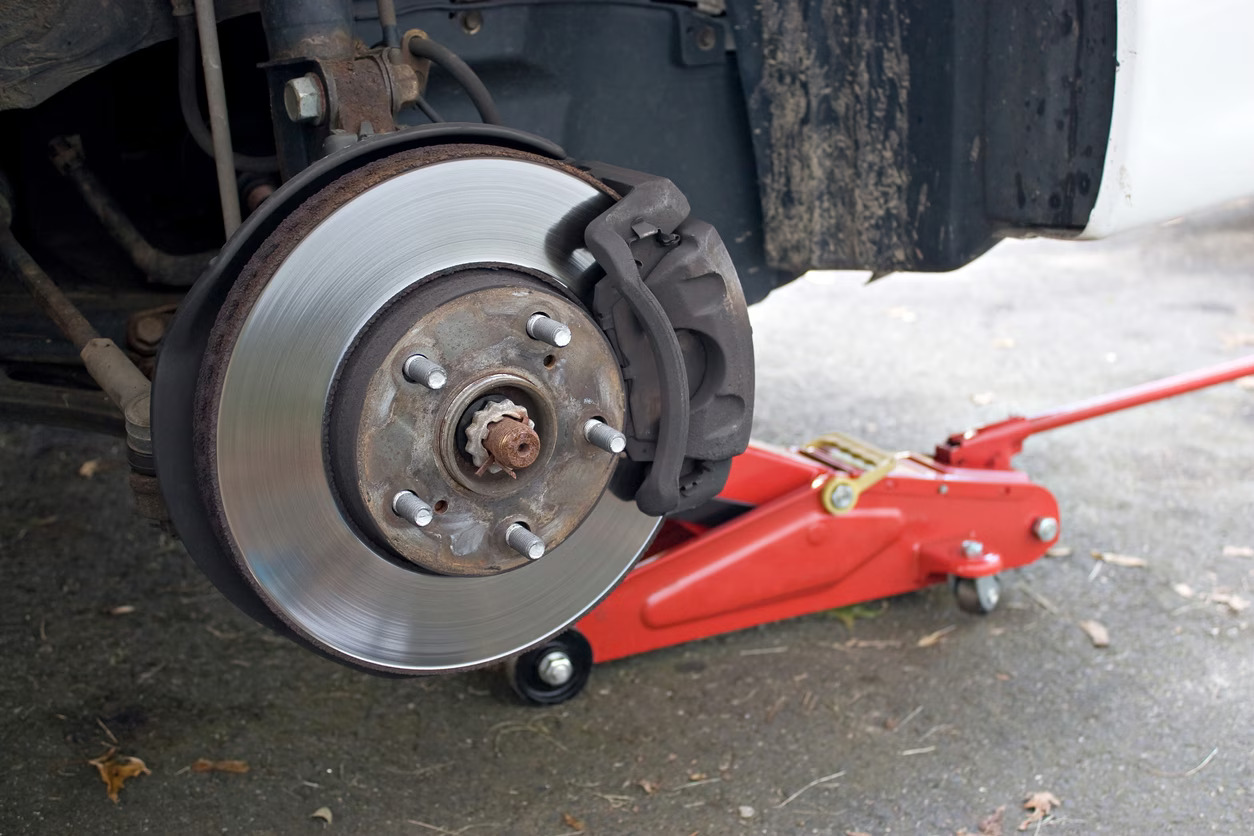
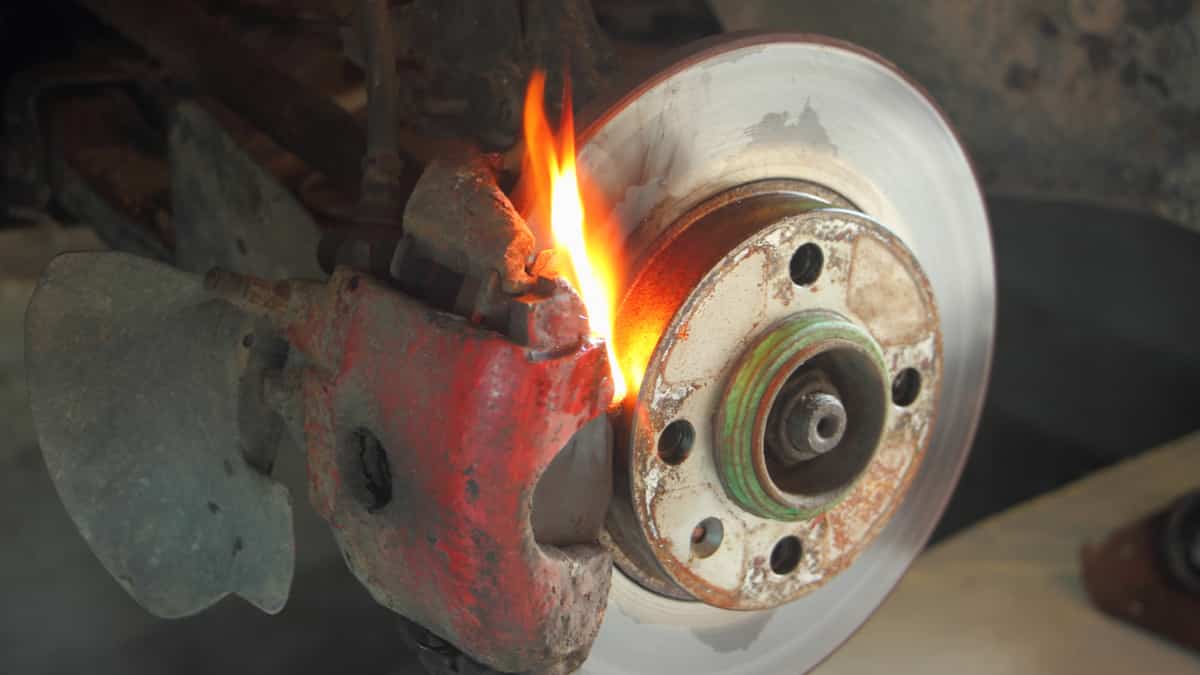

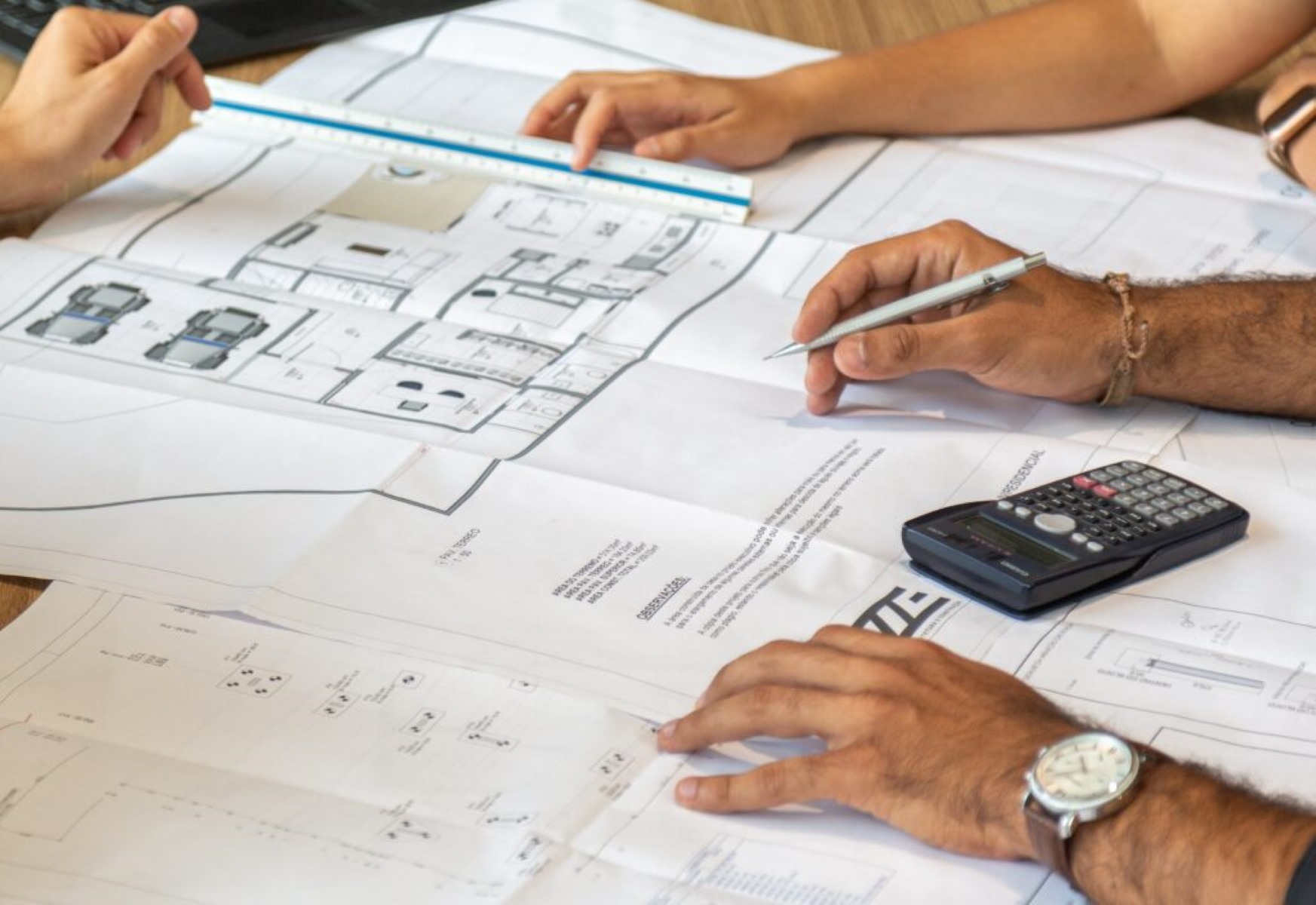
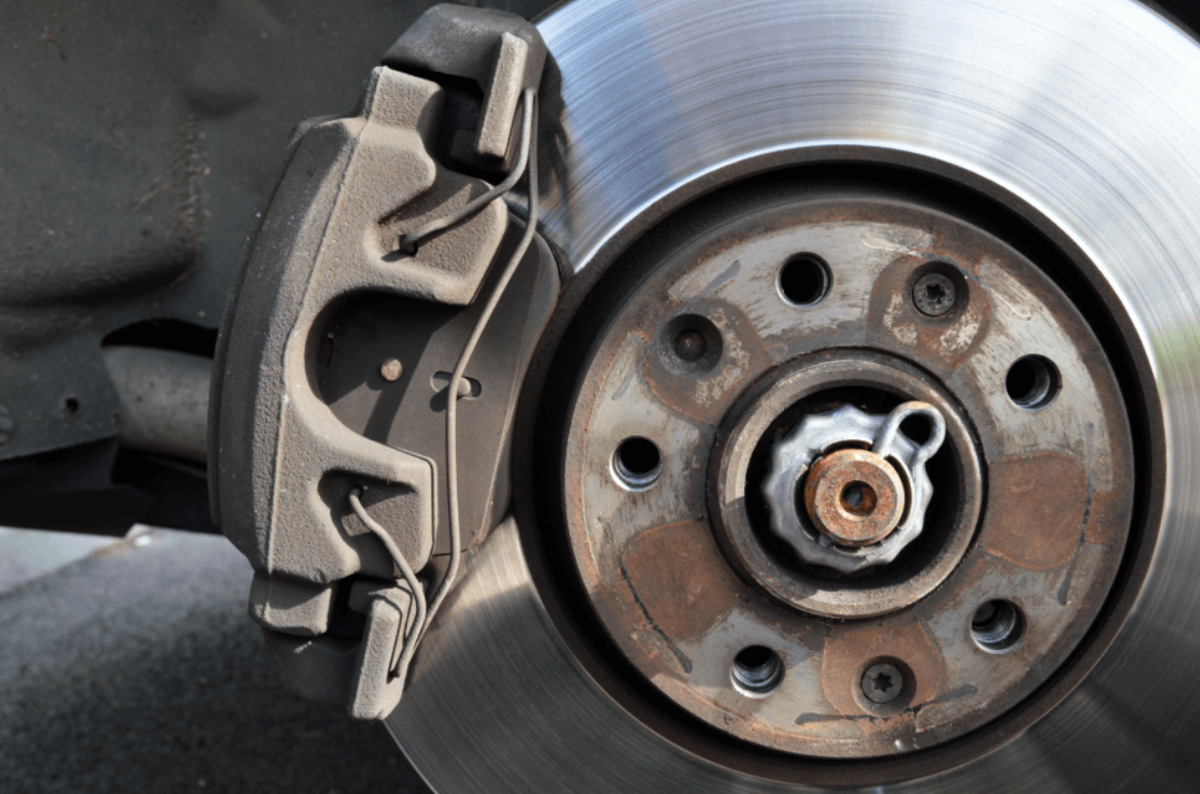
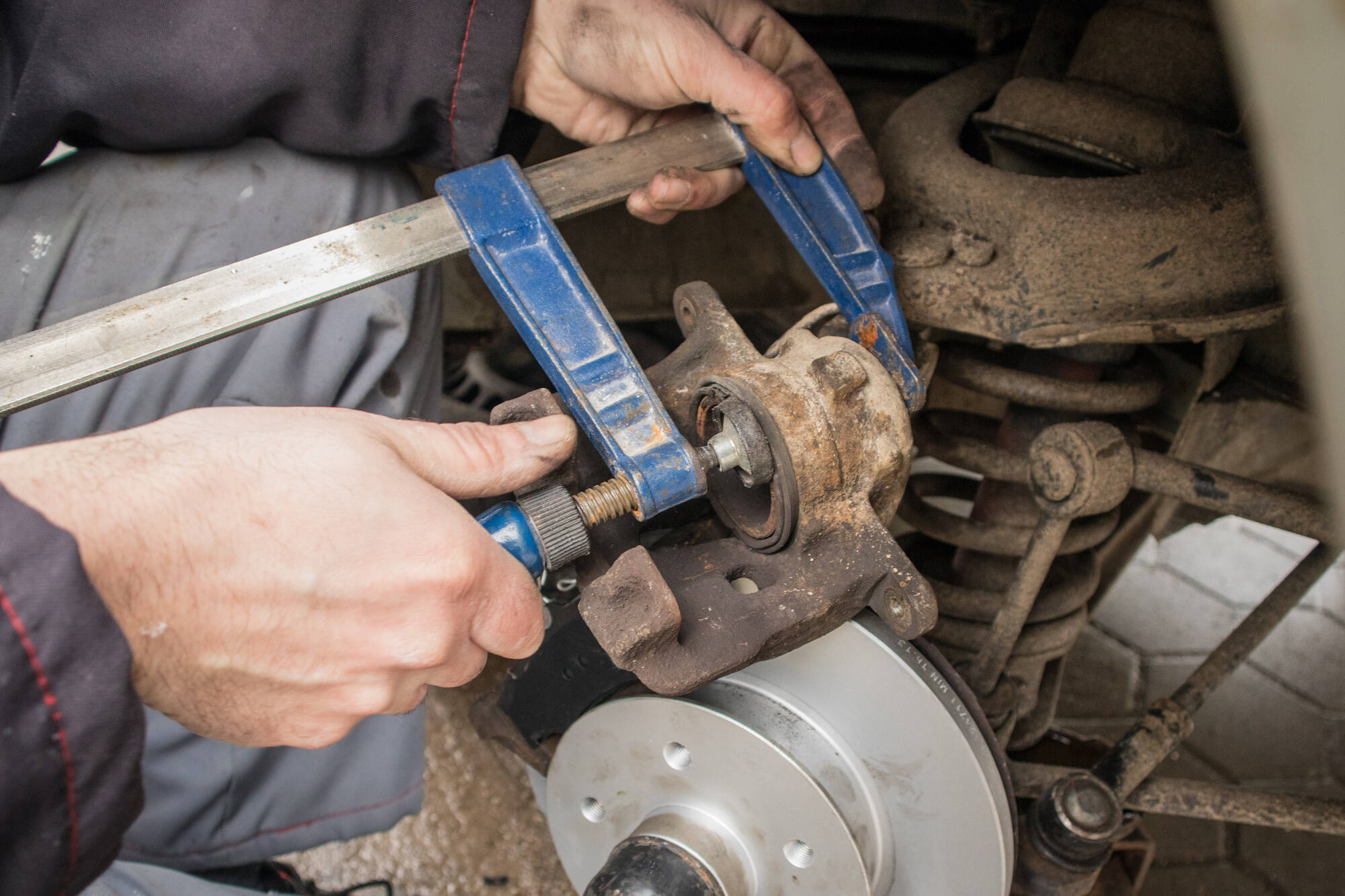
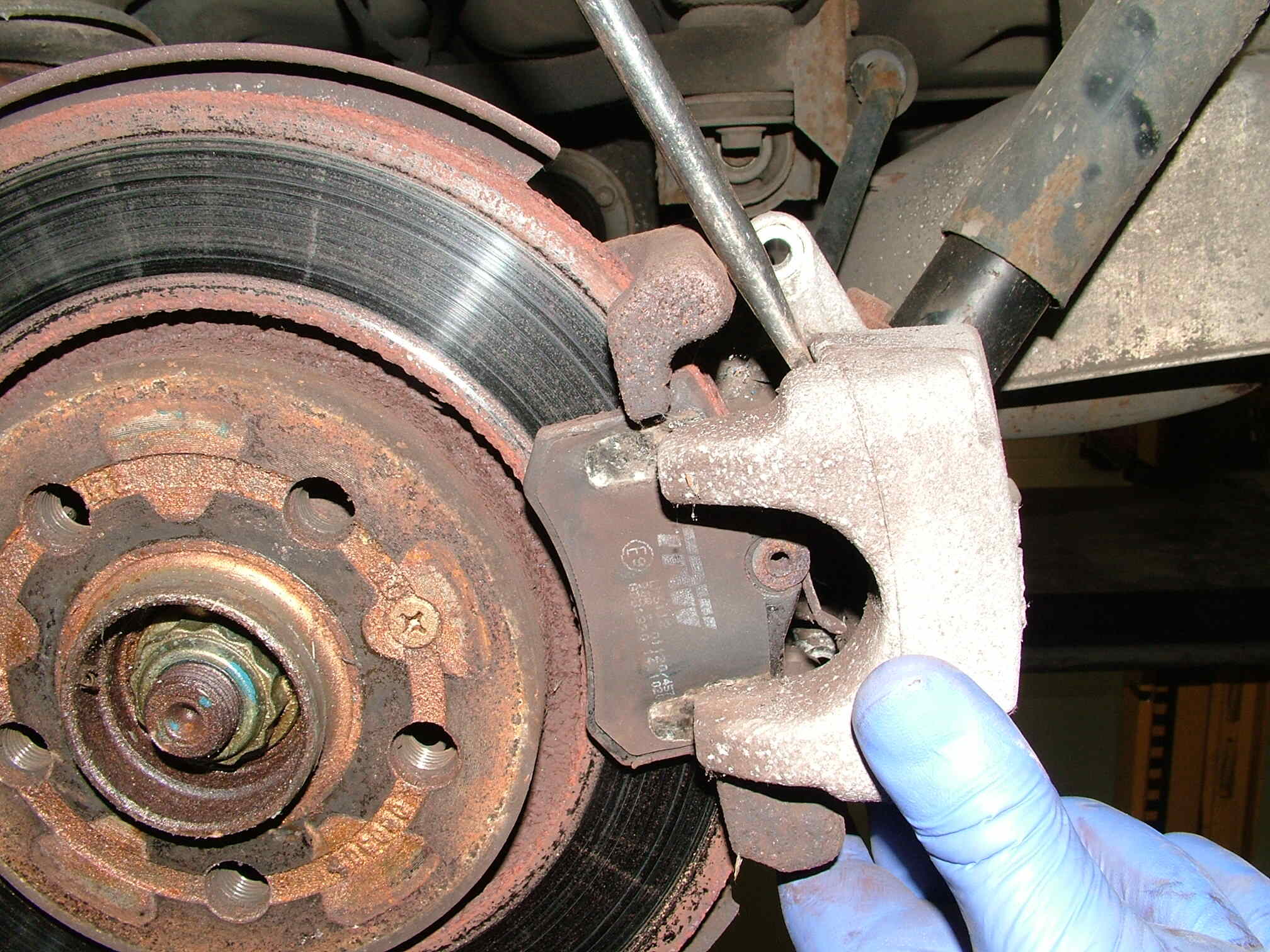
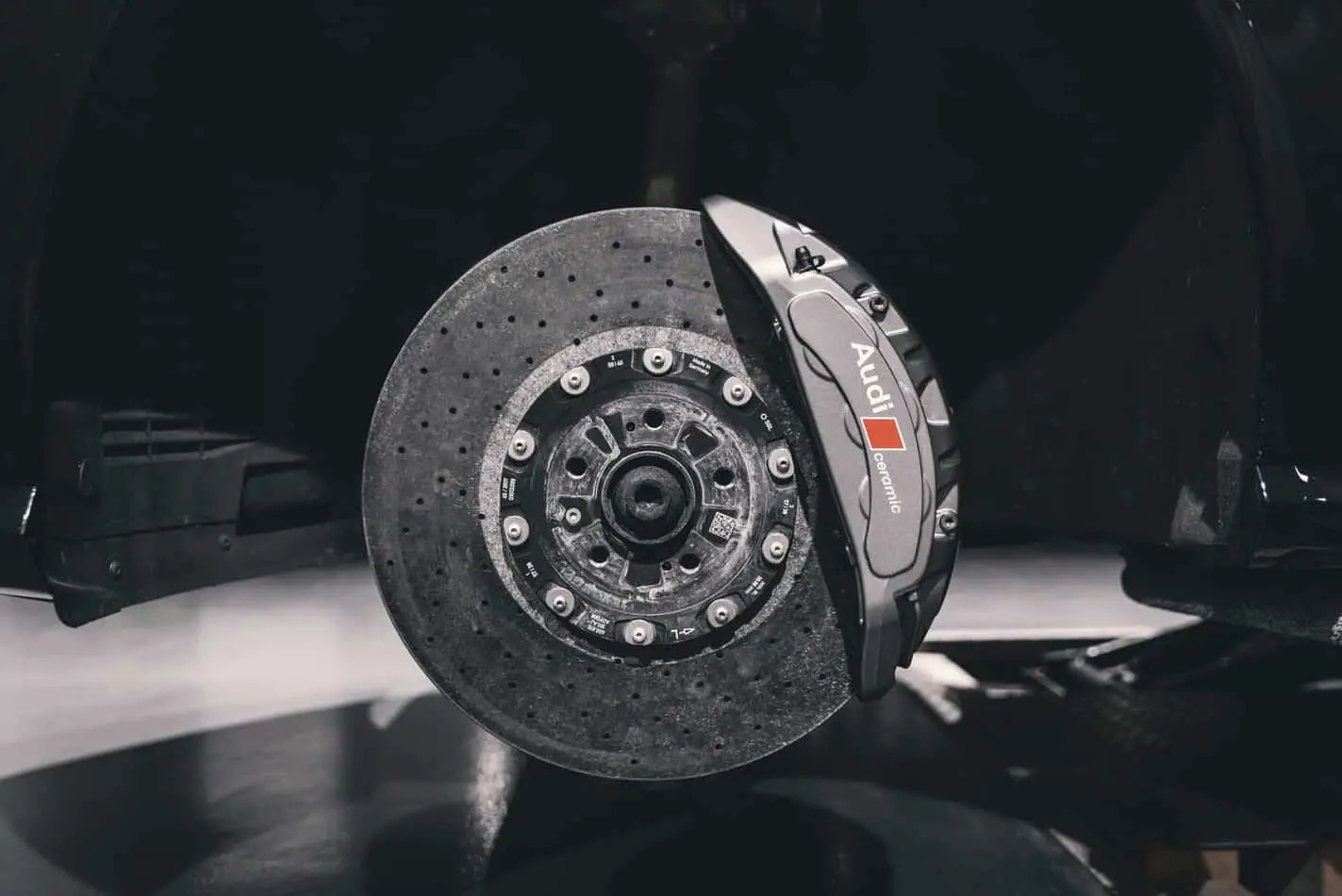
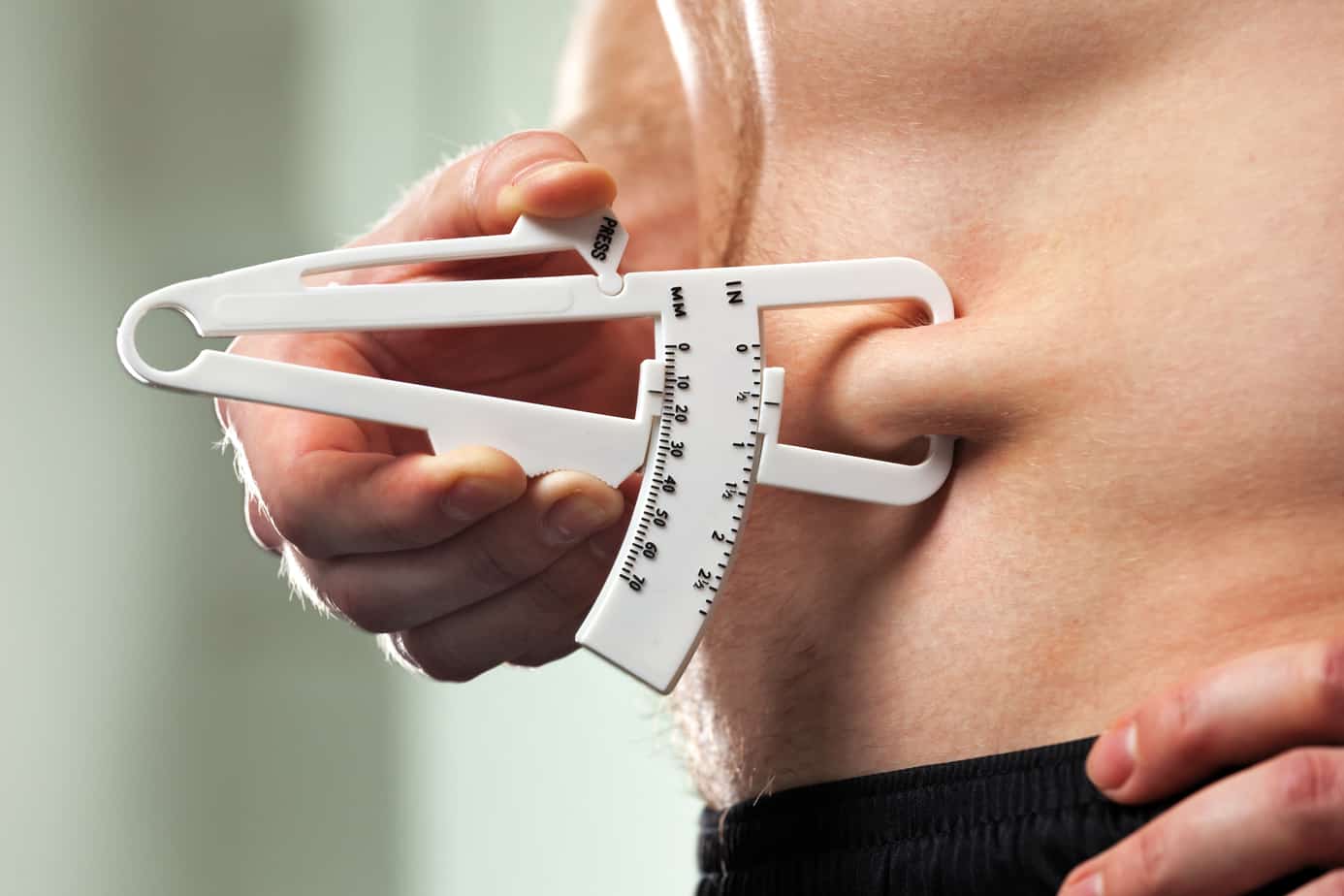
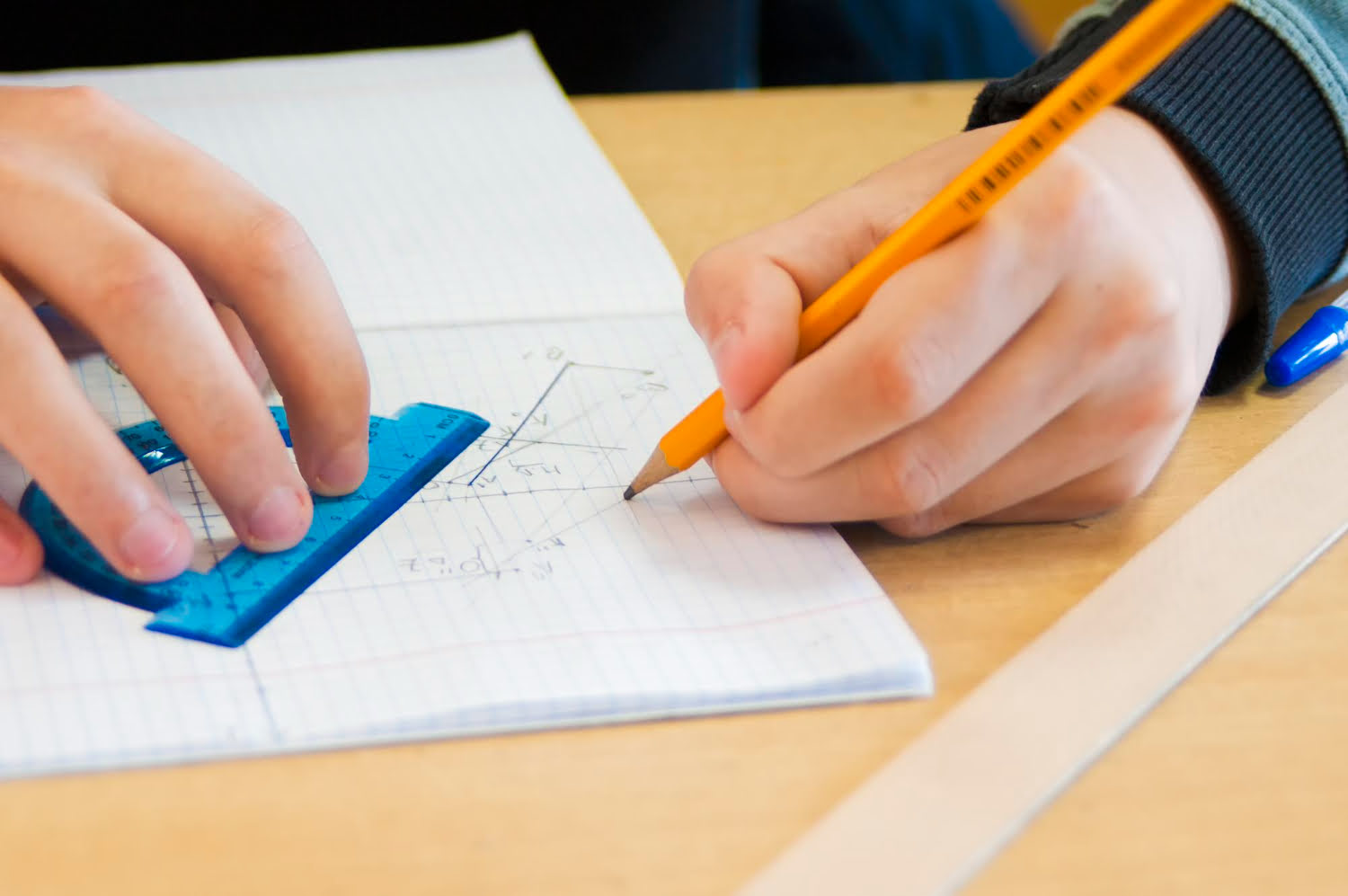
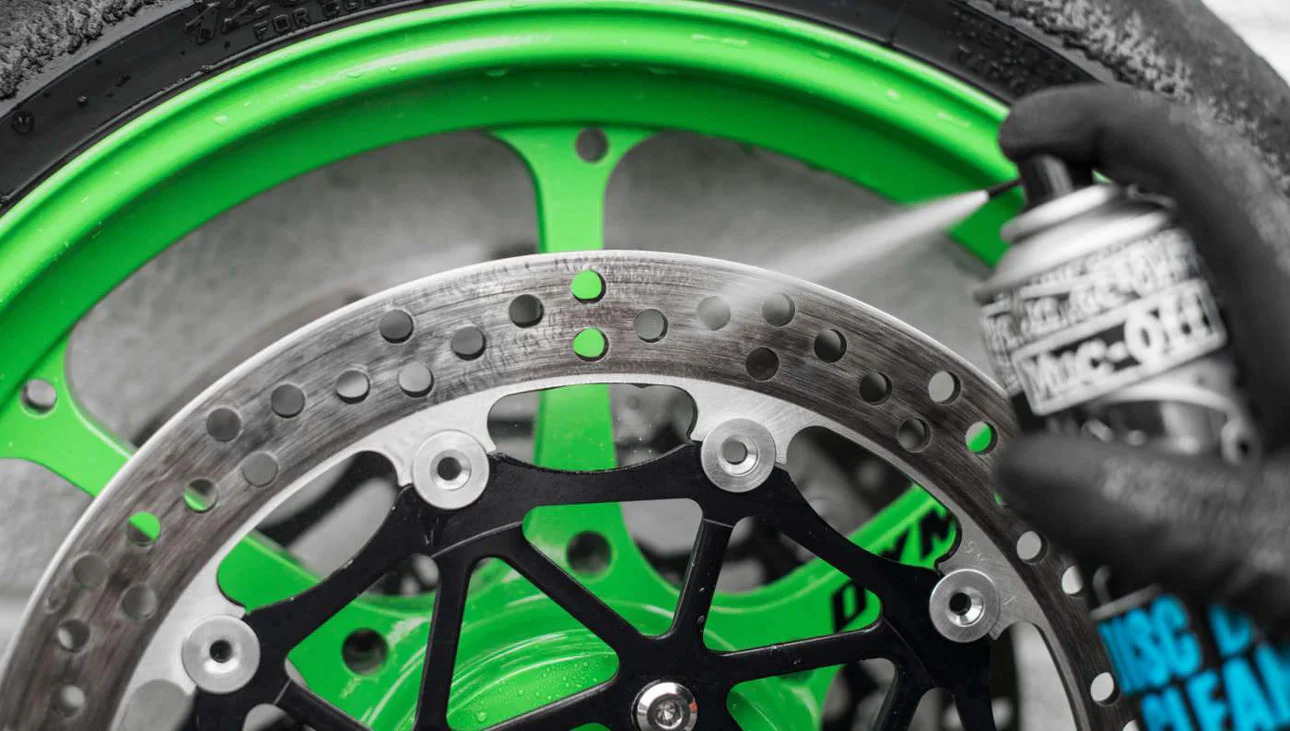
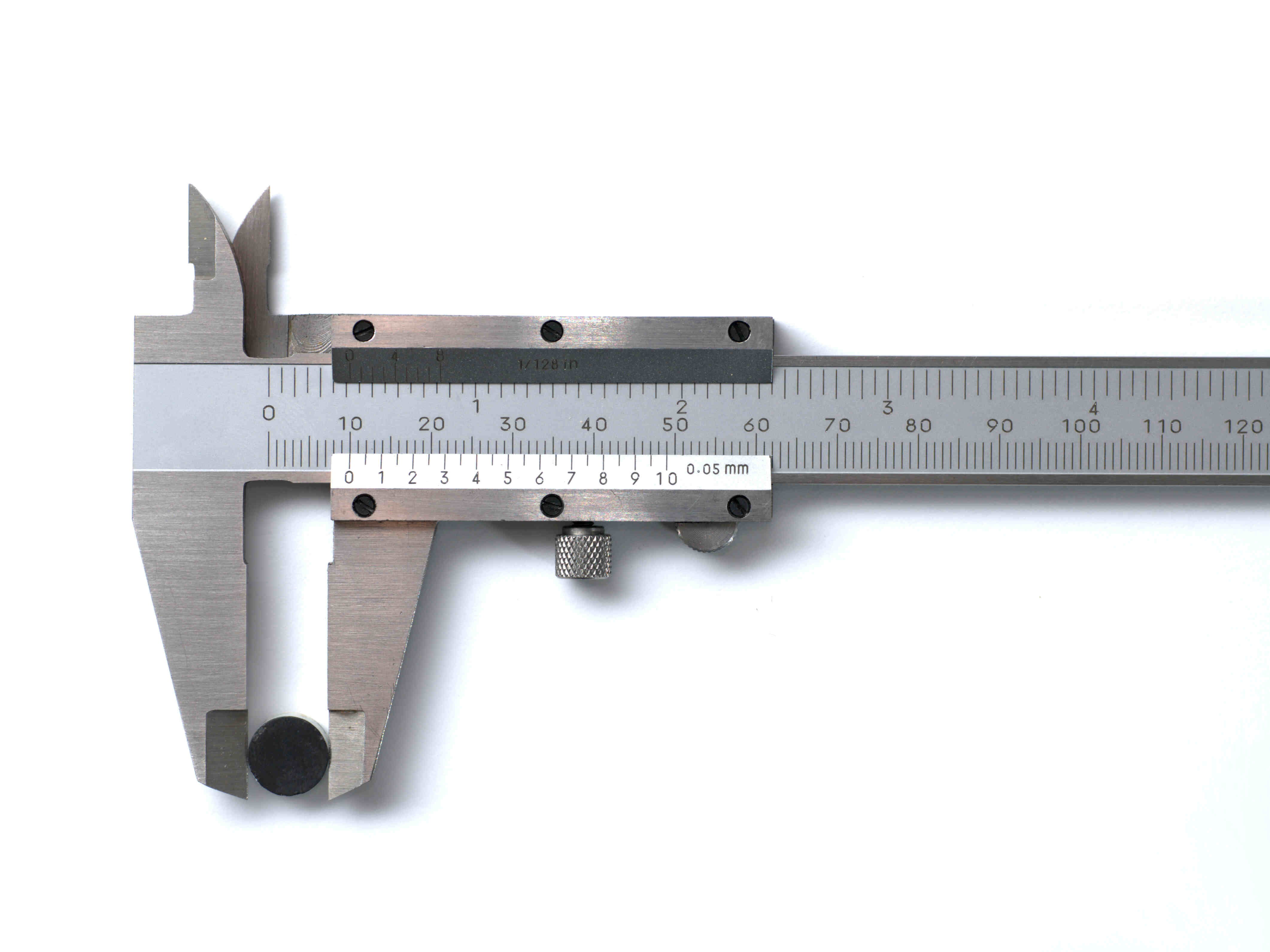

0 thoughts on “How Do You Read Calipers”